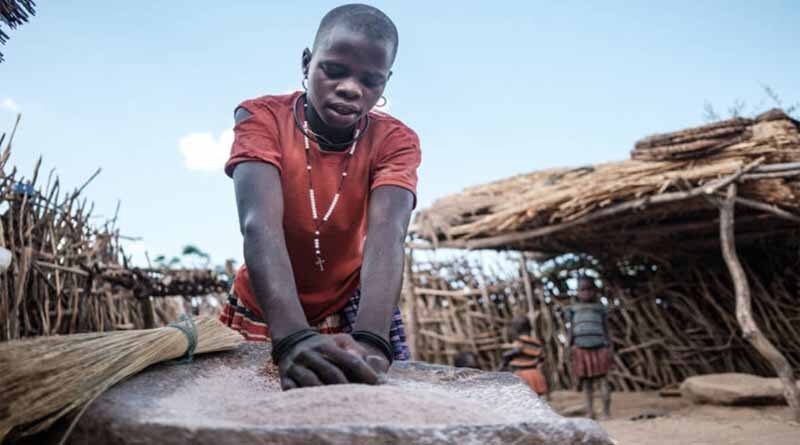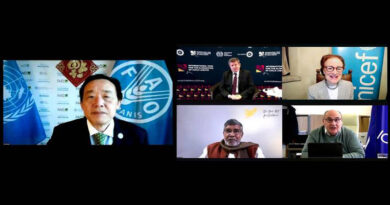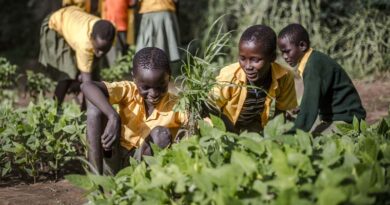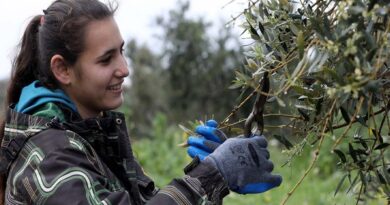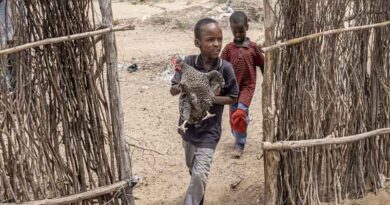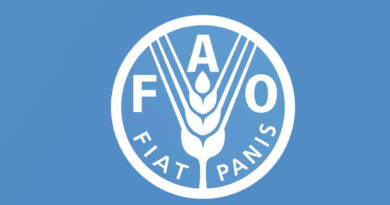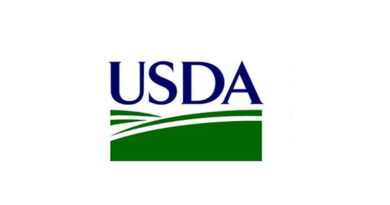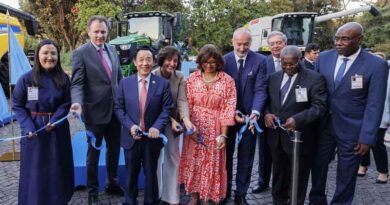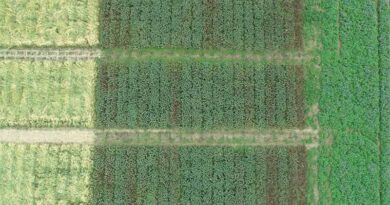Child labour in agriculture is on the rise again, with further deterioration foreseen due to COVID-19
10 June 2021, Rome: The Food and Agriculture Organization of the United Nations called today for agri-food systems to be transformed in order to also address the rise of child labour in agriculture, a situation mainly driven by hunger and poverty and now exacerbated by the impacts of the COVID-19 pandemic.
The plea was made by the FAO Director General QU Dongyu at a 109th International Labour Conference high-level event, co-organised by UNICEF, and the International Labour Organization (ILO) to mark World Day Against Child Labour on 12 June.
Agriculture remains the major employer of children, accounting for more than 70 percent of child labour worldwide. According to the new figures released by ILO and UNICEF today, an additional four million children were drawn into child labour in agriculture over the period 2016-2020, with an estimated 112 million boys and girls now working in agricultural sectors.
“Where there is hunger, there is also an increased likelihood of child labour,” Qu said, noting that most children work within their families, toiling to put food on the table. He stressed that the root causes of the problem must be addressed, including families’ poverty, poor education and lack of rural infrastructure.
In addition to the existing challenges such as conflicts and natural disasters, the COVID-19 crisis is causing an unprecedented decline in economic activity and jobs all over the world, hitting particularly hard agriculture and food systems. This has already led to a surge in hunger and poverty backfiring on child labour. The new ILO/UNICEF report warns that an additional nine million children might be pushed into child labour by the end of 2022.
Addressing the root causes of child labour
Qu underscored the need to provide decent livelihoods to smallholder farmers, invest more in rural infrastructure, as well as to put in place child labour-sensitive rural and education policies. He pointed out that every rural child should have access to broadband internet and satellite television providing them with an opportunity to acquire new knowledge and skills.
The FAO Director-General addressed the event alongside Guy Ryder, Director-General of ILO; Henrietta Fore, Executive Director of UNICEF; Martin J. Walsh, Secretary of Labour of the United States; Roberto Suarez-Santos, Secretary-General of the International Organisation of Employers; Sharan Burrow, General Secretary of the International Trade Union Confederation; and Kailash Satyarthi, Nobel Peace Laureate.
Not all work carried out by children is child labour
Child labour is defined as work that is inappropriate for a child’s age, affects children’s education, or is likely to harm their health, safety or morals. However, not all work carried out by children is considered child labour. Some activities may help children acquire important livelihood skills and contribute to their survival and food security.
Yet, much of the work children carry out in agriculture is not appropriate for their age. It is often hazardous and can interfere with children’s education, and overall physical and social development. Furthermore, when children have to work long hours, their opportunity to attend school and develop their skills is limited, and this would most likely interfere with their ability to access decent employment opportunities in the future.
FAO’s work on reducing child labour in agriculture
FAO supports the development of child labour-sensitive national policies and strategies for rural development in various agricultural sectors. FAO also fosters economic inclusion of rural households through social protection schemes and initiatives aimed at enhancing productivity and income diversification.
The corporate FAO Framework on Ending Child Labour in Agriculture has been developed to guide the integration of measures addressing child labour within FAO’s programmes and work at the global, regional and country levels.
FAO works closely with ILO and other partners contributing to the International Year for the Elimination of Child Labour 2021.

